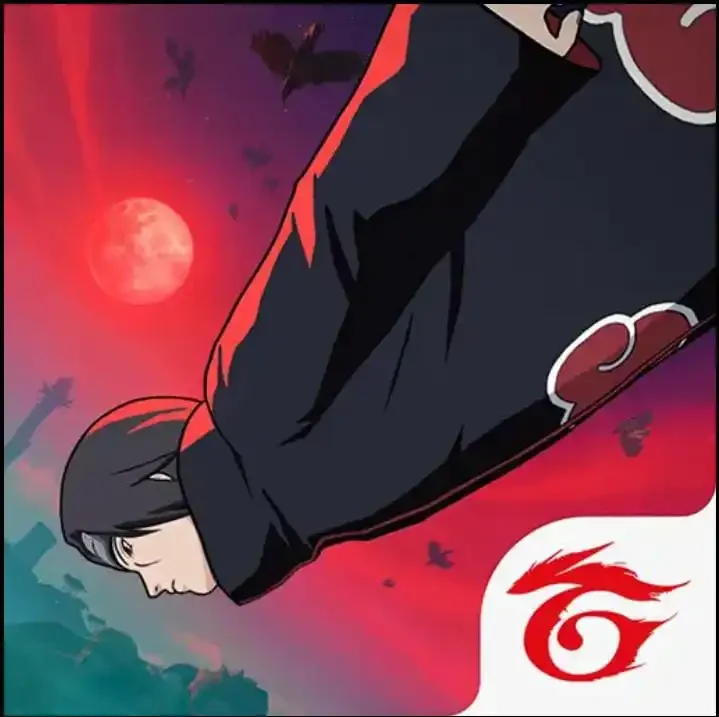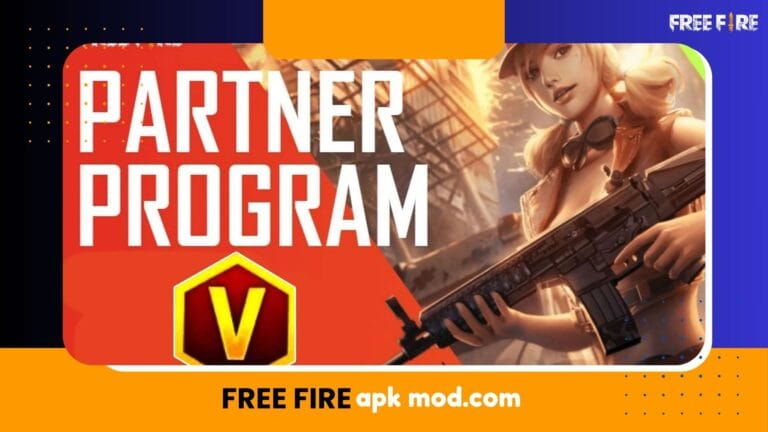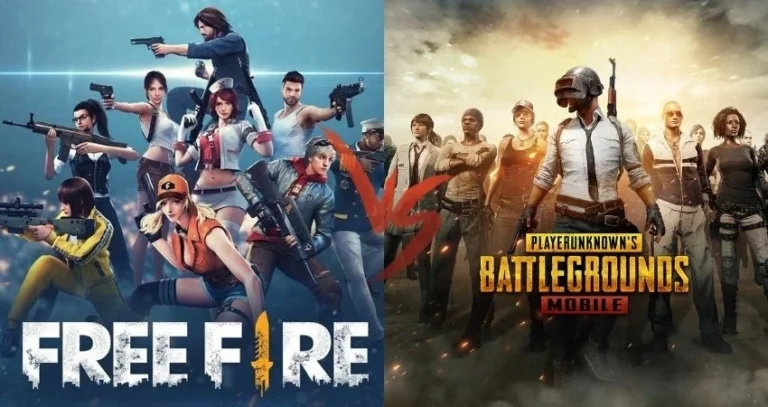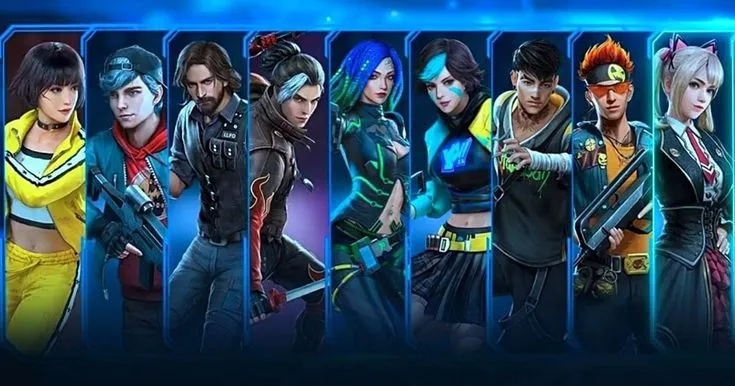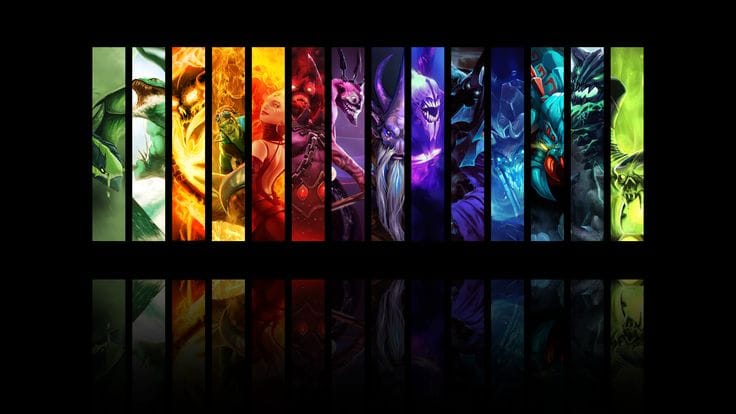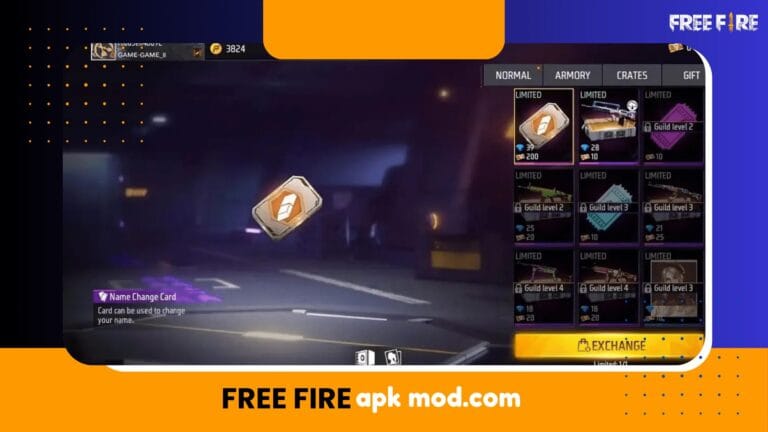
In the world of online gaming, few titles have achieved the legendary status of Free Fire and League of Legends. While both games dominate different segments of the gaming industry, they represent unique playstyles, communities, and competitive ecosystems. Free Fire stands as a top-tier battle royale experience for mobile users, while League of Legends remains the undisputed titan of PC-based Multiplayer Online Battle Arena (MOBA) gameplay.
Comparing these two games is fascinating because each attracts millions of players worldwide, yet their mechanics, strategies, and long-term goals are drastically different. Let’s explore this in detail by diving into their gameplay, strategy depth, accessibility, competitive systems, and future growth.
Gameplay Experience: Fast-Paced vs Strategic Depth
Free Fire is a survival shooter where 50 players land on an island, scavenge for weapons, and fight until only one remains. Each match lasts around 10 minutes, making it highly accessible to casual players. The short match length also caters to the mobile audience, where fast and rewarding experiences are essential.
On the other hand, League of Legends (LoL) is a team-based MOBA where five players work together to destroy the enemy Nexus. Unlike Free Fire’s quick skirmishes, LoL emphasizes long-term strategy, map control, character scaling, and precise teamwork. A single match can take 30 to 45 minutes, requiring patience and coordination.
In short, Free Fire thrives on adrenaline-fueled bursts of action, while League of Legends delivers layered, methodical gameplay.
Accessibility and Platforms
One of the main reasons Free Fire exploded in popularity is its mobile-first approach. It runs smoothly even on low-end smartphones, ensuring accessibility for millions of players who don’t have high-end PCs or consoles. Its design philosophy is clear: keep the game light, fast, and universally playable.
League of Legends, however, is more demanding. As a PC-exclusive game (until Wild Rift was launched for mobile), it requires a stable setup and more learning time. While not as lightweight as Free Fire, it rewards players with deeper mechanics and a longer learning curve that leads to mastery.
Competitive Ecosystem
Competition is where both games shine, but in very different ways.
- Free Fire Esports: Garena has heavily invested in creating global tournaments, often featuring million-dollar prize pools. The game’s esports appeal lies in its unpredictable and explosive matches. Players who want to test unreleased features and prepare strategies often look to the Free Fire Advance Server, a testing platform where new content is rolled out before official release. It gives competitive players a chance to adapt early to new weapons, characters, and game mechanics.
- League of Legends Esports: League of Legends has arguably the most structured competitive ecosystem in the world. From regional leagues like LCK, LEC, and LCS to the annual World Championship, LoL esports is massive. But the foundation of its competitive system isn’t just tournaments—it’s the ranked ladder. Every player is assigned a hidden matchmaking rating, and many use tools like a League of Legends MMR checker to track their progress. This creates an environment where individual skill and improvement are constantly measured, making competitive play extremely rewarding.
Strategy and Skill Expression
Free Fire emphasizes reflexes, positioning, and quick decision-making. While tactics like ambushing, looting efficiently, or mastering character abilities matter, mechanical skill (aiming, shooting, and moving) plays the dominant role.
League of Legends, however, requires a multi-layered approach. Success depends on understanding macro strategies (map control, objectives, rotations) and micro-skills (mechanical execution with champions). Unlike Free Fire, where one clutch play can win the game, in LoL, teamwork and consistent decision-making across 30+ minutes often determine victory.
Community and Player Base
Both games boast enormous global communities, but they attract different audiences.
- Free Fire resonates with mobile-first regions like South Asia, Latin America, and Southeast Asia. Its community thrives on short content such as gameplay clips, highlight reels, and social media challenges.
- League of Legends, meanwhile, has a long-established PC community with strong ties to esports, streaming, and professional analysis. Its player base is more focused on in-depth guides, champion mastery, and team coordination.
Interestingly, Free Fire players tend to be more casual but enthusiastic, while League of Legends players often lean toward competitive improvement and mastery.
Monetization and Content Updates
Garena frequently introduces events, skins, and collaborations to keep Free Fire fresh. Its cosmetic items and seasonal passes keep players engaged without heavily disrupting the balance.
League of Legends also thrives on constant updates, with new champions, skins, and balance patches. However, Riot Games tends to focus more on gameplay balance and long-term competitive integrity rather than flashy collaborations.
Future Growth
The future of both games seems secure but distinct. Free Fire will continue to dominate the mobile market, especially in emerging regions where smartphones are more common than PCs. Its adaptability and accessibility ensure long-term success.
League of Legends, meanwhile, will continue to grow its esports empire and expand into new genres (such as Legends of Runeterra and Valorant from Riot). Its deep strategic gameplay guarantees a lasting appeal to players who seek mastery.
Final Thoughts
When comparing Free Fire and League of Legends, it’s clear that both serve entirely different gaming audiences. Free Fire delivers fast-paced battle royale action for mobile gamers, offering instant gratification and accessibility. League of Legends, on the other hand, provides a deep, strategy-driven MOBA experience for players who thrive on teamwork, patience, and long-term improvement.
Ultimately, the choice between the two comes down to what kind of gamer you are. If you enjoy quick matches, flashy gameplay, and mobile accessibility, Free Fire is the way to go. But if you want strategic depth, structured progression, and the satisfaction of improving your rank through tools like a League of Legends MMR checker, then League of Legends is unmatched.
Both games stand tall in their respective domains—and together, they highlight just how diverse and exciting the gaming world has become.
